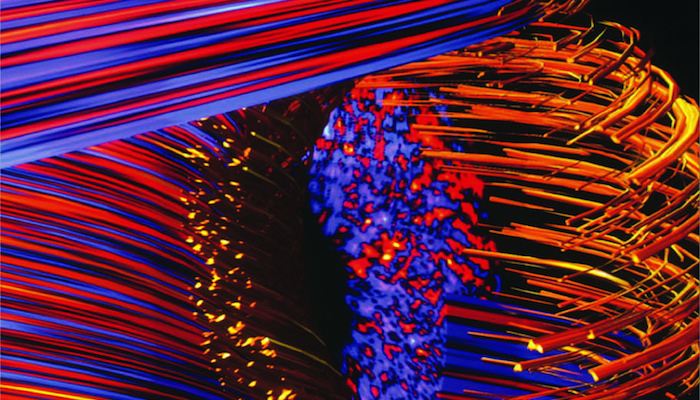A global particle-in-cell simulation uses Weixing Wang’s GTS code to show core turbulence in a Tokamak at Argonne National Laboratory. Researchers are the Argonne Leadership Computing Facility to push fusion computer codes and associated algorithms closer to defining plasma confinement properties required to ignite the ITER experimental fusion reactor. The achievement is an important step toward developing a commercially viable, clean, limitless energy source. Image created by Scott Klasky, ORNL. Via: ENERGY.GOV op Flickr.com

A global particle-in-cell simulation uses Weixing Wang’s GTS code to show core turbulence in a Tokamak at Argonne National Laboratory.
Researchers are the Argonne Leadership Computing Facility to push fusion computer codes and associated algorithms closer to defining plasma confinement properties required to ignite the ITER experimental fusion reactor. The achievement is an important step toward developing a commercially viable, clean, limitless energy source. Image created by Scott Klasky, ORNL. Via: ENERGY.GOV op Flickr.com
Geef als eerste een reactie